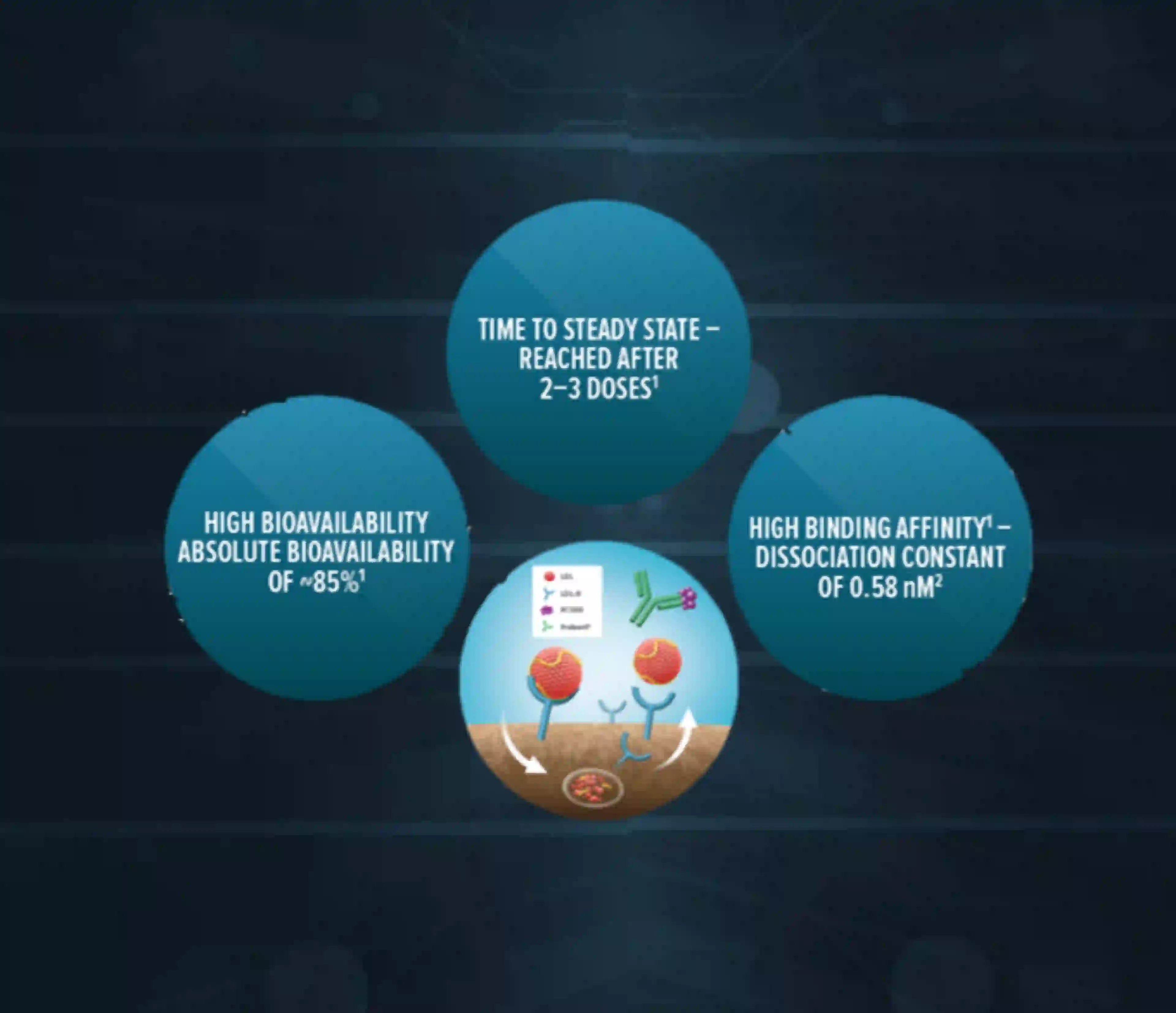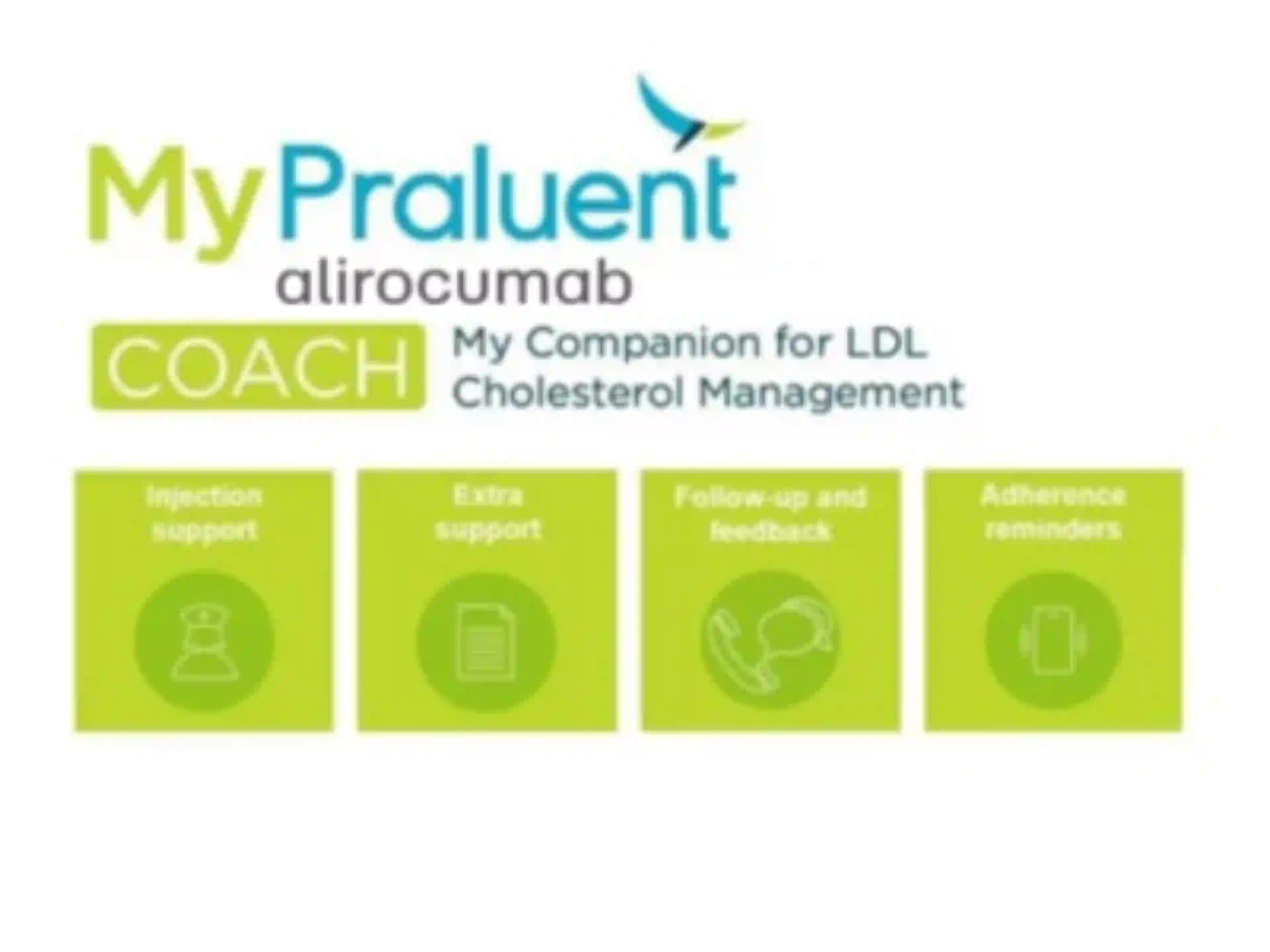
Praluent® (alirocumab) Administration
Learn more
This website contains promotional content and is intended for Healthcare Professionals based in the United Kingdom only. Some content is only relevant to HCPs practising in Great Britain (England, Scotland, Wales). This website is optimised for desktop use, and some features may perform differently on mobile devices.










MAT-XU-2305050 (v1.0) Date of preparation: November 2023